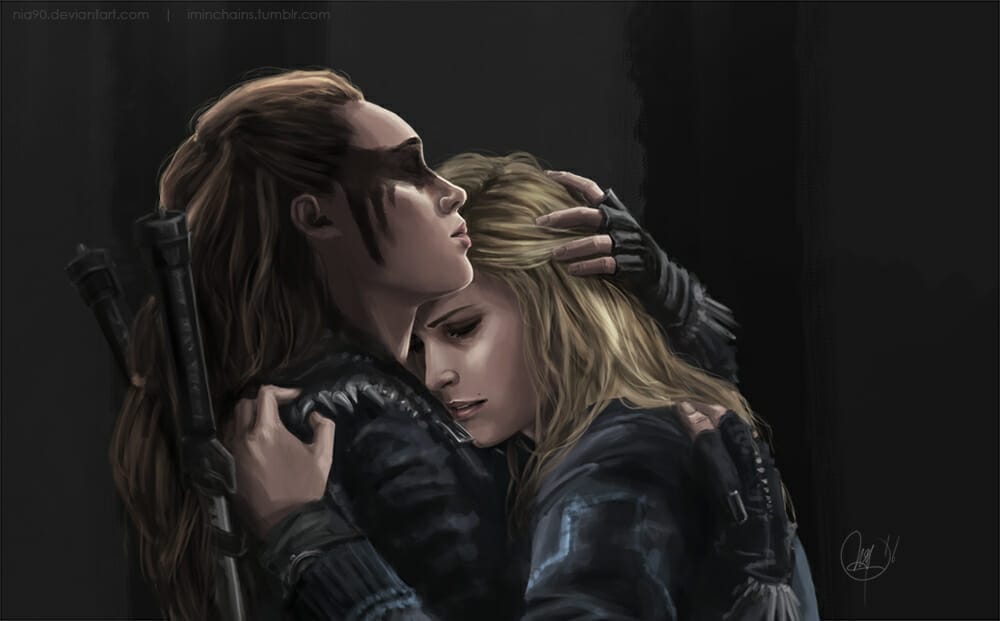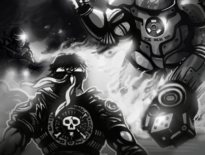Strangely, this is a controversial subject, but diversity in gaming is a good thing.
Who wants to spend money propping up elitism? Who wants their escapism confined to a pre-approved demographic? It makes no difference to me if I’m playing an alien, a robotic panda or a human, so why should I care about the details on the human? If the details of the human don’t matter to me but do matter to someone else, especially someone who might not have supported the hobby before, then why not make the change?

Currys, the UK electronics shop, has been working hard to stay relevant to gamers. As a result, Curry’s decided to look into the subject and have put together a report on the diversity in gaming.
In particular, Currys looked at the games that featured in E3 and The Game Awards over the last 20 years. That’s a long period and a good sample of popular AAA games but, of course, it means smaller indie games don’t get a look in.
- Only 11% of covers have women as the focal point, or with a shared focus.
- Only 3% of Game Award nominees in the last 10 years have featured a person of colour as a default protagonist.
- Only 11% of Game of the Year nominees and E3 winners had noteworthy LGBTQ+ storylines.
It’s getting better, though. In the last 10 years, there has been a 300% rise in diversity compared to the 10 years beforehand.
Ethnicity in Games
When you start a new computer RPG and begin the character generation process, what does your character default too? Every game that I can think of the default model is a white male. Often I can change this.

It turns out that despite this habit, RPGs are far ahead of other computer games when it comes to protagonists.
Examples of games that do well with diverse casts are The Walking Dead, Grand Theft Auto: San Andreas, Spider-man, Grand Theft Auto Five and Assassin’s Creed III.
I’ve mixed feelings about Grand Theft Auto doing so well.
Women in Gaming
There has been an increase in the number of playable female characters in the last 10 years compared to the years before. Once again, RPGs do well, especially MMORPGs.

It is far less common to see a woman in the foreground of a game’s cover, though.
Examples of games that do well with female characters are The Last of Us, Tomb Raider, Celeste, World of Warcraft and Resident Evil 2.
Mental Health & Disabilities
It’s only in the last few years that we’ve seen any attempt to include disabled characters. What type of disabilities are portrayed? I think this is what Curry’s pie chart says;
- Physical disabilities – 54%
- Sensory – 20%
- Mental – 20%
- Physical and Mental – 3%
- Sensory and Physical – 3%

Looking for an excellent example of a disabled character in an RPG? There’s Joker from Mass Effect. SS Normandy’s pilot suffers Vrolik Syndrome (brittle bones) and yet is an essential and capable character.
LGBTQ+ in Games
Games don’t need to be about sex, and in lots of cases, the sexuality of characters isn’t important at all. When there is a storyline that features sexuality, though, how likely is it to be an LGBTQ+ one and how will be portrayed?
- Negative representation – 2%
- No representation – 73%
- Slender LGBTQ+ reference – 6%
- Noticeable references – 2%
- Supporting LGBTQ+ characters – 5%
- Same-sex relationships for the player – 11%

Games like Assassin’s Creed Odyssey allows you to enter relationships with NPCs as you wish, but if you go back to the Sims, you’ll find an iconic game that allows same-sex relationships.
You can read the full report over at Currys.
Creative Commons credit: I’ll always be with you by Nuria.
Got something to say about this article? Let us know in the comments below.

